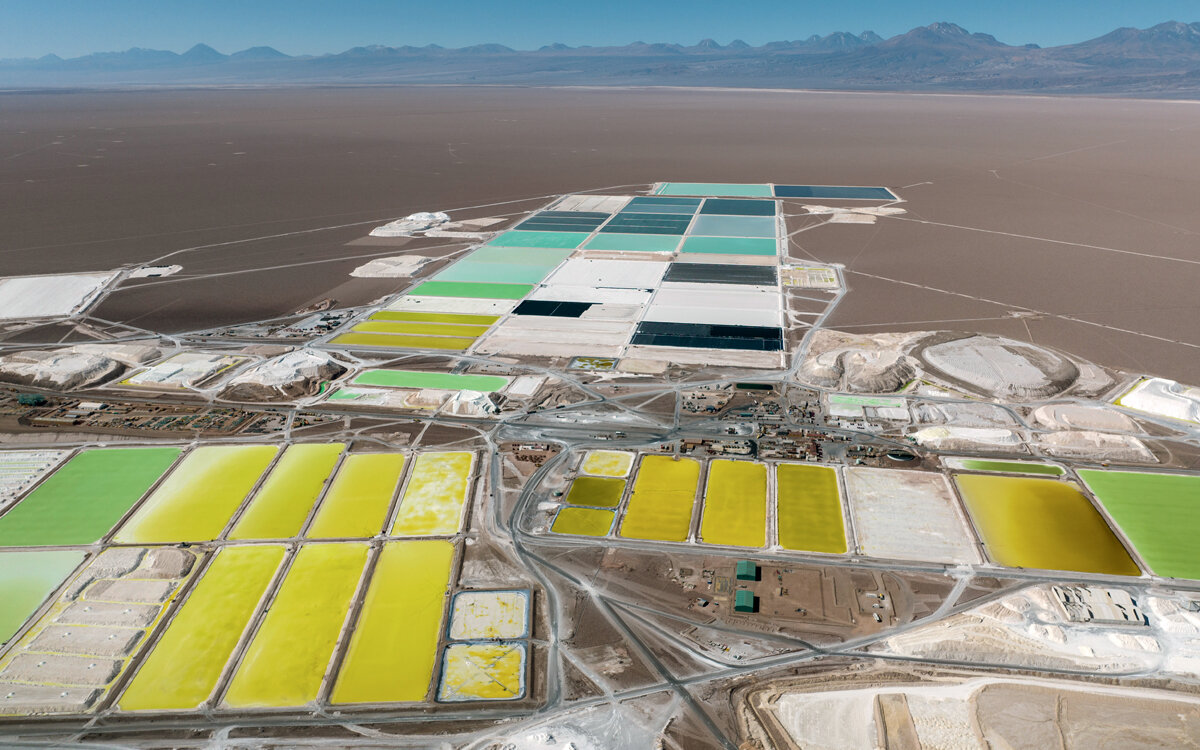Huge “white gold” discovery draws spotlight on Iran’s mining industry

TEHRAN – In late February, Iranian Industry, Mining, and Trade Ministry announced the discovery of one of the largest lithium reserves in the world, an achievement that has put the Islamic Republic’s mining sector on the map of the global mining industry.
According to Iran’s industry officials, the lithium reserve, discovered in western Hamedan Province, holds up to 8.5 million tons of the element, and considering the world’s current discovered lithium reserves, Iran could hold up to 10 percent of the total global reserves.
The U.S. Geological Survey, which maps raw materials deposits across the planet, estimated the world’s total lithium reserves to stand at roughly 89 million tons.
Considering the estimation of the Geological Survey and Mineral Explorations of Iran (GSI), the reserve discovered in the country could be one of the largest lithium ore discoveries in the world and could hugely support Iran’s manufacturing sector and boost its exports.
The White Gold
Lithium, or as the scientists call it the ‘white gold’, is a critical metal for the continent’s ecological transition due to its key role in making batteries for electric vehicles and devices; in other words, lithium is considered one of the most significant elements in the global push for net zero by 2050.
Surging demand for electric vehicles saw lithium prices “skyrocket” by around 550 percent in 2021. The prices rose to as much as $86,170 a ton in November 2022, but have since come down to about $52,000 a ton. Experts believe that the value of the lithium-ion battery market is going to grow to $193.13 billion by 2028, therefore many countries have made it their strategic aim to secure supply.
Iran to extract lithium by 2025
After the discovery of the reserves, the next step for Iran would be to make the necessary preparations for the extraction and processing of the mineral.
Although the Iranian mining industry is considerably advanced and the country is currently mining over 80 different types of minerals, the Islamic Republic could also use the experiences of other countries, especially its big trade partner China for extracting and processing the new mineral.
China has vast experience in extracting lithium since the country has been mining the product in Latin America for several years.
Last week, Mohammad-Hadi Ahmadi, the deputy head of the Ministry of Industry, Mining, and Trade Department in Hamedan, said the country will be able to extract lithium from two newly-discovered lithium deposits in the next two years.
According to Ahmadi, the deposits cover an area of around 11 square kilometers in Qahavand Plain, located more than 50 kilometers to the east of the provincial capital of Hamedan.
He said the discovery of the deposits had taken nearly four years, adding that the Ministry of Industry, Mining, and Trade is currently studying technological capacities existing in two developed countries as part of efforts to start up the mines through a partnership with private investors.
The ministry’s authorities expect more lithium ore deposits could be discovered in Hamedan, a province with vast deposits of clay which is a source of lithium.
Implications for Iran
According to the U.S. Geological Survey, Bolivia, Argentina, and Chile currently have the largest overall lithium reserves in the world and Iran’s 8.5-million-ton lithium deposit would make this newly discovered reserves the fourth-largest in the world.
The discovered lithium reserves can become a new source of revenue for the Iranian government which has been following new strategies to distance the economy from oil.
Detailed studies need to be conducted to determine the exact value of the discovered reserves and the feasibility of extraction; however, the potential economic benefits could be of great importance and a boost to the country’s economy.
EF/MA
Leave a Comment